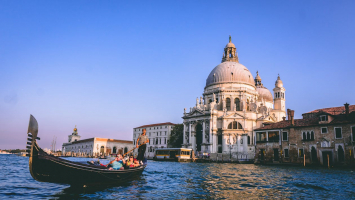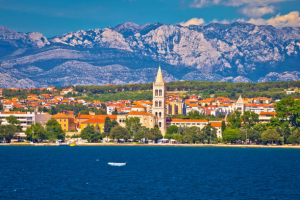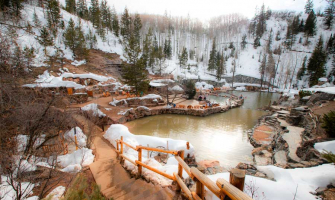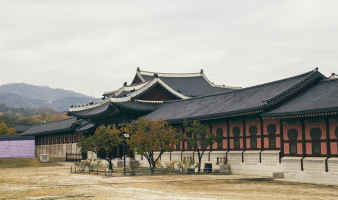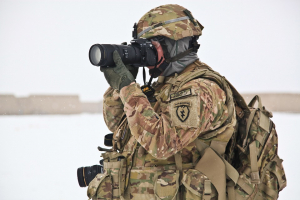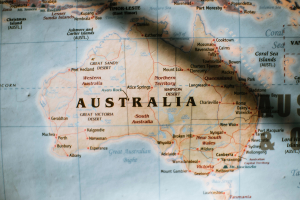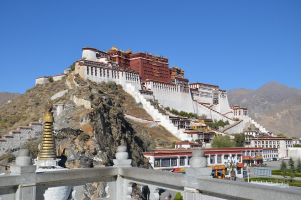Top 10 Reasons Why Vikings Invaded England
The period in Britain known as the Viking Age is defined by the raids and settlements that followed, which had a significant impact on the evolution of the ... read more...culture, law, and language. Three ships reached the coastline near the abbey of Lindisfarne off the northeast coast of England in June of 793 CE, signaling the beginning of the raids. But why Vikings chose England? Here are some reasons why Vikings invaded England.
-
The first reason why Vikings invaded England is the desire to bulid an empire. At first, the Vikings carried out raids just for the purpose of pleasures, but as time went on, it evolved into a desire to create an empire. The earldoms of the Vikings were established in both Europe and North America. They were unwilling to accept a king because of their tribal mentality. It is undeniable that they had established dominions, despite the fact that they never acknowledged coherence.
The main reason for building an empire was to have unrestricted access to England's riches and splendor. They would become the strongest after they had all of England under their control. East Anglia, Mercia, Northumbria, and Wessex were only a few of the many kingdoms that made up ancient England. They intended to annex England and establish a Viking kingdom there. The Vikings successfully conquered East Anglia, Northumbria, and Mercia, but were routed by Wessex under the command of King Alfred the Great. After the Battle of Hastings, which drove the Vikings out of England, their fervent desire to conquer England came to an end.
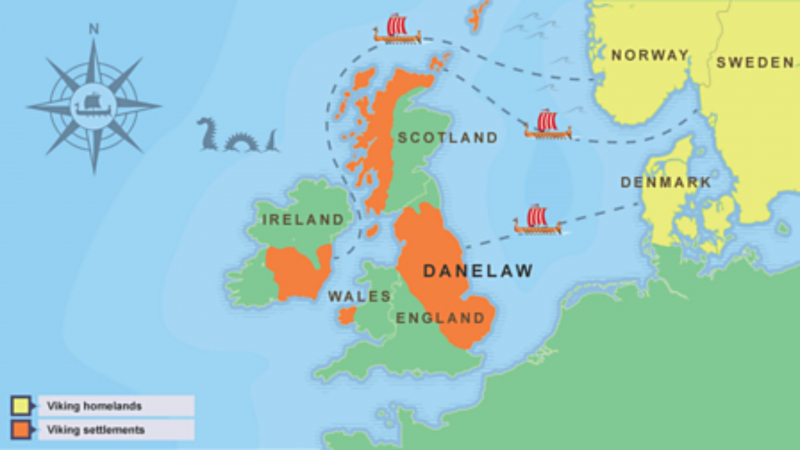
Photo: BBC 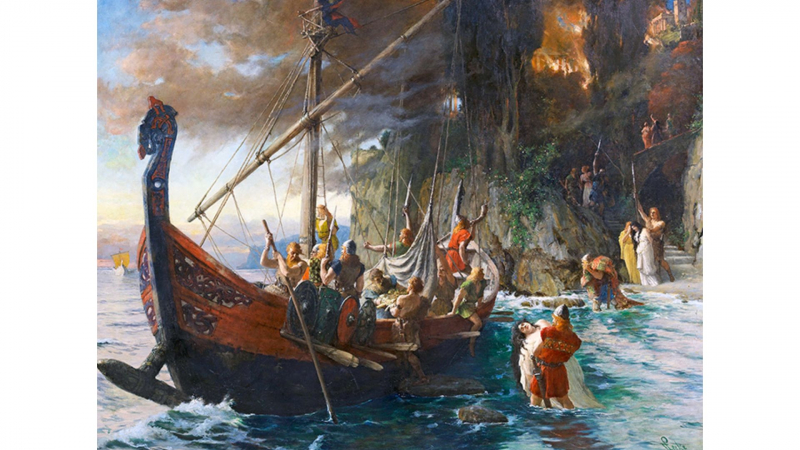
Photo: National Catholic Register -
The Norsemen's primary objective in attacking England was to take its wealth. They were driven by England's wealth, notoriety, and grandeur. The raids of the Vikings were swift yet violent. The Great Heathen Army marched across the country from East Anglia in 865 CE under the direction of Halfdane and Ivar the Boneless. York was destroyed in 867 CE, Mercia was attacked in 868 CE, and by 871 CE Halfdane had defeated all forces sent against him and had grown so strong that Alfred the Great was forced to pay him an astronomical sum to leave Wessex. Cnut assumed the thrones of Norway and Sweden after being crowned king of Denmark in 1018 and uniting it with Britain.
They would set the entire hamlet on fire and leave a path of destruction in their wake. During the raids, they poured out violence while stomping the bodies of nuns, saints, and bystanders. Ancient kings were so terrified by the dreadful raids that they paid the Vikings protection money in the vain hope that they would escape the assaults. To get the Vikings to cease raiding and leave, Danegeld was paid to them in silver. On the other hand, this notion increased the appeal of Viking attacks. They invaded England out of extreme thirst for wealth and as a result of the defense money they would receive as preservation money.

Photo: Quora 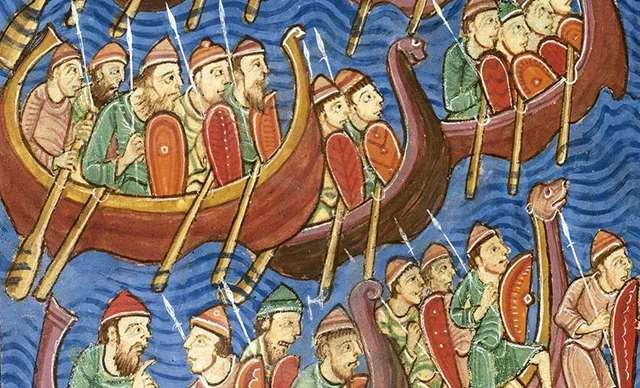
Photo: English Heritage -
Trade opportunities is the next reason in the list of reasons why Vikings invaded England. One of the Norsemen's most important economic activities was trade. They were skilled shipbuilders with a firm grasp of aquatic transportation. The trees were stacked, fastened, and nailed together by the Heathen to make the ships. For their light-weight longships to float effectively, they filled the crevices between the planks with moss, wool, and animal hair. As a result of their width for transporting products and valuables, cargo vessels were utilized for commerce more frequently. To trade items made at home, they traveled throughout the shores of Europe.
Important trading products included walrus ivory, skins, furs, and whalebones. The same goes for petrified resin amber that was imported and cut into beads, brooches, and pendants. They exported honey, tin, wool, fish, and other items in return for silk, spices, wine, glass, and jewelry. Battle axes, swords, and chainmail created in Scandinavia by blacksmiths and expert armor manufacturers were traded. The Vikings may have had their eyes on England because it had significant trading centers where they could expand their trade.
The commercial lines between Europe and Asia may have been harmed 300 years earlier when the Roman Empire lost a large portion of its land. In addition, the spread of Islam, which started in the 600s, may have altered some trade routes, favoring the Silk Road and other land routes over maritime ones. The establishment of new trade channels in Arab countries and dominance of previously Frisian-controlled trading routes were both lucrative outcomes of the Viking expansion. The Franks had recently conveniently destroyed the Frisians, leaving their estates and trade routes open for appropriation.
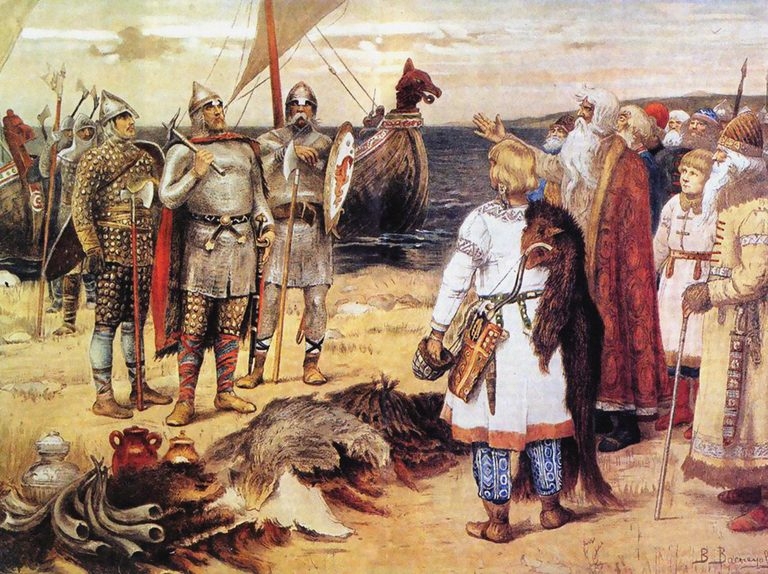
Photo: History Extra 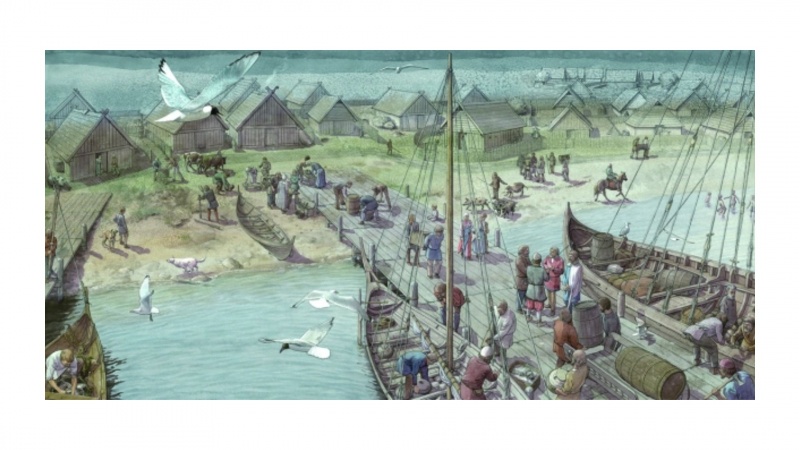
Photo: ThorNews -
There were insufficient women to begin married lives because of the Viking population's unstoppable growth. In those days, when men of greater status had multiple spouses, polygamy was a common practice. While the men pursued their trades, women actively managed the home, the kids, and the domestic realm. In order to represent their authority in the home, women were even interred with key chains. They supposedly felt more freedom than other people. Traditionally, strong Viking males engaged in polygamous partnerships. This would have exacerbated the competition among men to locate suitable wives and inevitably resulted in a lack of eligible women in their communities because so many women would have become concubines of a few men.
Contrary to common belief, experts claim that the selective death of female infants contributed to the lack of women during the Viking era. Polygamy and concubinage were legal during the time, according to "Sagas of Icelanders." Traditionally, strong Viking males engaged in polygamous partnerships. This would have exacerbated the competition among men to locate suitable wives and inevitably resulted in a lack of eligible women in their communities because so many women would have become concubines of a few men. Since men made up the majority of the Viking raiding parties, historians concluded that men protected women. Raiders also sought out women to force into sexual servitude. They needed large, powerful warrior forces to accomplish their goals, which is why marriage was essential. There is proof that Nordic males had relationships with English women who were captured in raids.
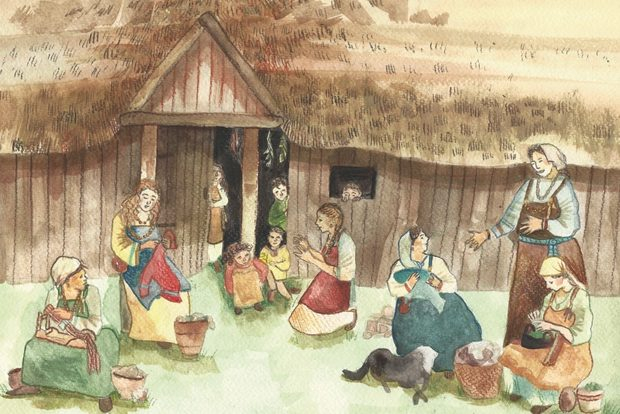
Photo: History Extra 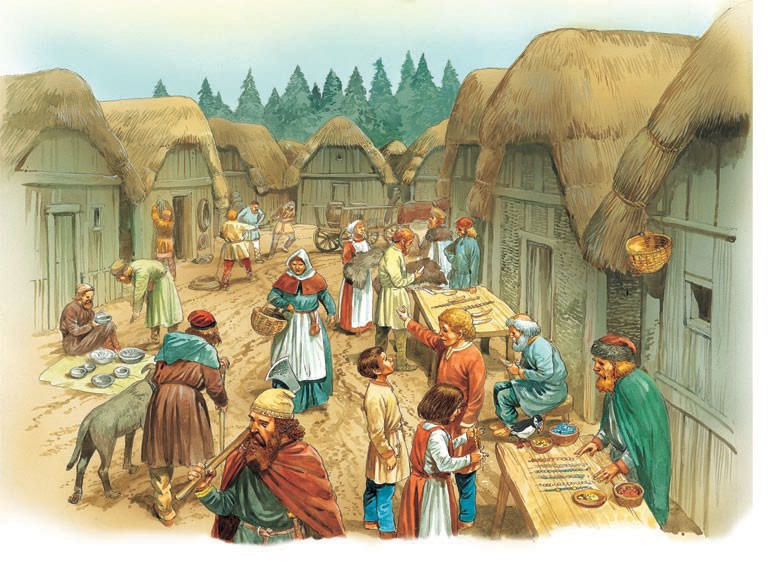
Photo: Q-files -
Slavery, a much darker part of the Viking age, was involved in raids carried out against English villages. Archaeological traces of evidence revealed periods when people were sold as slaves and held captive. Slavery, or "Thralls," as they were known in old Norse script, was also thought to be a factor in the Viking occupation of England. Slaves comprised up about ten percent of the entire Viking population.
Since Vikings were willing to do anything for money, they sold enslaved individuals to Islamic markets in return for wealth. A significant component of Viking society has always been the trafficking, exploitation, and selling of human beings. The Vikings confined the captives in cramped quarters with little food, which led to their deaths from malnutrition. Furthermore, it was certain that such individuals would never be released because they were unable to inherit anything or receive compensation. Archaeologists discovered a variety of iron shackles and collars in the locations suspected of being slave hubs in Dublin, Hedeby, and Birka, according to the journal "Slavery and Abolition." These items were used to restrain people in thralls' concentration camps.
The Vikings severely abused those who were held as slaves and referred to them as bastards, stinkers, and sluggards. Enslaved persons were killed and then left out in the open to be eaten by dogs and birds. The bodies inside the tomb were unrelated to the beheaded remains discovered inside adjacent Viking tombs. According to archeologist Elise Naumann, such bodies were proof of human sacrifices done at the time of masters' deaths. The exhumed bones showed starvation with a diet that consisted mostly of fish while the masters ate lavishly. That's all about the fifth reason why Vikings invaded England we want to mention.
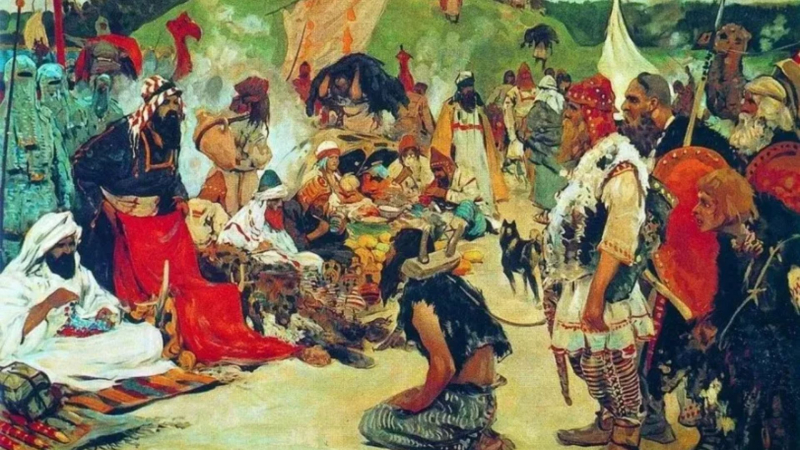
Photo: Rob Shackleford 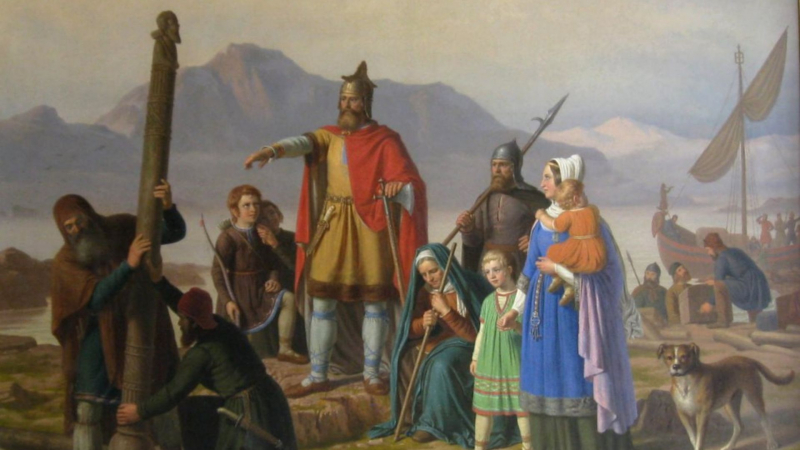
Photo: Smithsonian Magazine -
Although there hasn't been any conclusive proof of population growth yet, some historians contend that the Vikings departed Scandinavia because of overcrowding. Forced migration and raiding have frequently been blamed on too many people competing for the same limited resources throughout history. Another factor supporting the theory that the Vikings came to Western Europe in search of better agriculture was overpopulation. They established towns in locations with lower populations, where they could have enough resources without having to engage in fierce competition, such as modern-day York and Dublin. The lack of resources at home would have found the perfect remedy in this.
Vikings originated in Scandinavia, which today includes Denmark, Sweden, and Norway. Geographical factors including congestion, internal strife, and environmental circumstances made it difficult for the Vikings to survive in Scandinavia. Sweden was largely covered with forests, therefore people built their homes out of wood. As in Norway, where the terrain is primarily hilly and the temperature rarely rises over 10 degrees Celsius, life was challenging for the Norsemen.
Sandy soil, particularly in Denmark, made farming look impractical. Since the majority of Vikings were farmers, sandy soil did not produce well for them. Additionally, according to Viking family custom, only the eldest son may inherit parental estates. The younger members were forced to relocate to make a life. In Scandinavia, the population grew to 800,000–1,000,000 people during 800–1000 A.D. The carrying capacity of the land needed to be further separated into farming and residential areas due to social organizations. Only farming, fishing, or small-scale trading could not provide for the fast increasing population. They set out on long journeys in pursuit of better territories and riches that may provide them with economic stability. As a result, the Vikings started large-scale invasions in England, which were thereafter carried out in its neighboring states.
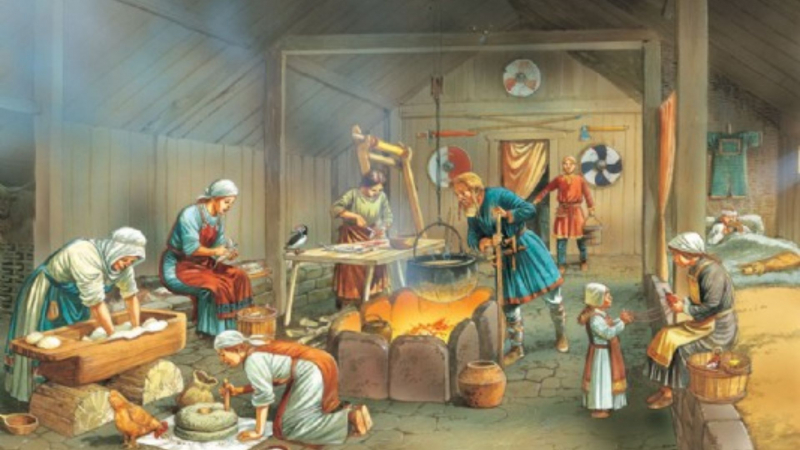
Photo: Q-files 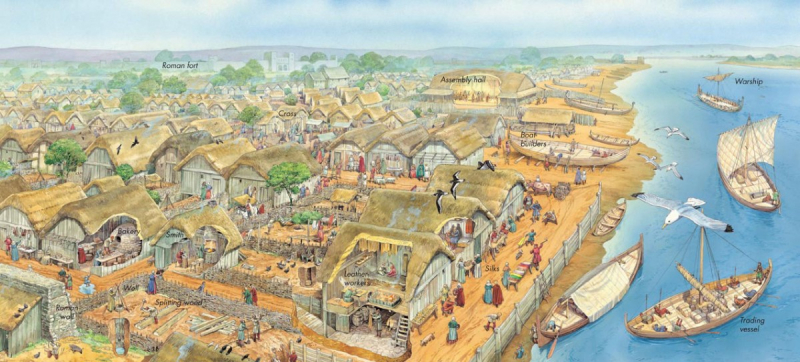
Photo: Q-files -
Wars inspired by Odin is definitely one of the reasons why Vikings invaded England. The Old Norse religion was practiced by the Norsemen according to ancient polytheistic texts. They honored a variety of Norse deities, including Odin, Thor, Frigg, Idun, and others. However, the Vikings had no formalized religion; instead, they practiced "Astro," a form of Norse deity worship. The Norse god of battles and conflicts, Odin, was the most revered. He was depicted as a shrouded, tall older man with spears. He offered one of his eyes for wisdom, and he had a flowing beard. They were motivated to win their conflicts by the guidance of their principal deity, the Heathen god Odin.
He was renowned for having exceptional physical strength and healing abilities. Because of this, every Viking who battled bravely would be taken to Valhalla. The fairies, known as Valkyries, would ascend to Valhalla and live there in harmony with Odin. A skilled group of Viking warriors known as berserkers sought to imitate Odin's omnipotence in the modern world. Vikings began engaging in warfare and occupying lands because they believed that victories were a symbol of homage to honor Odin.
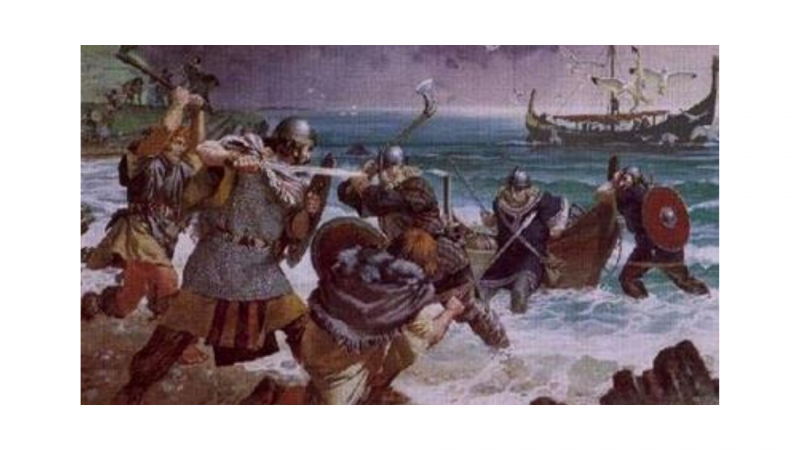
Photo: Sutori 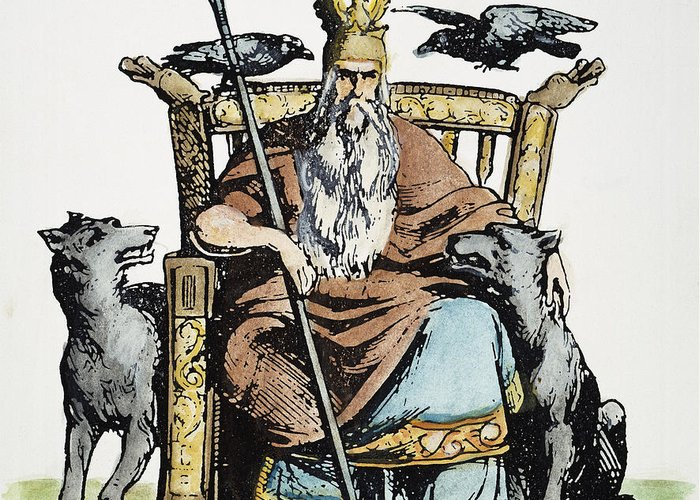
Photo: World History Edu -
The Vikings were excellent farmers as well as skillful warriors. When not at sea, they owned small farms and planted both food and cash crops. In Viking settlements, agriculture accounted for more than 90% of all occupations. For storage, they farmed rye, oats, and barley to make flour. Along with raising seasonal vegetables, they also developed gardens and kept other animals, including pigs, horses, hens, and geese.
The main products produced at that time were dairy goods, meat, cereals, fish, vegetables, fruits, and grains. For agricultural cultivation and harvesting, they employed iron picks and spades. But small farms couldn't keep up with the population expansion and couldn't generate enough food. To survive, they needed adequate territory and a climate that would support expanding agriculture. The soil in England was better for farming since it was lighter, wealthier, and more fertile. In the medieval ages, the climate was warm, which led to higher crop yields. It mostly produced rye, barley, and wheat. As a result, the Normans discovered England to be ideal for conquest and settlement while looking for better areas to live.
Because of the lack of good farming land in many regions of Scandinavia, the Vikings may have had a fish shortage, which was a major source of sustenance for them. However, the majority of Scandinavia had better access to farmland while Western Scandinavia only relied on a small amount of farmland and fish to feed its population, and there is no archaeological evidence to suggest that there was a widespread crop or farm animal disease at the time that could have caused such a famine. Many academics are also perplexed as to why raiders chose to sail so far from Scandinavia rather than simply clearing some of the vast tracts of woodland in Southern Scandinavia.
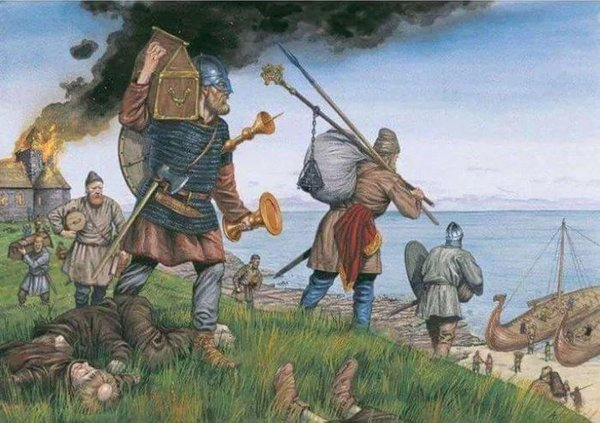
Photo: Quora 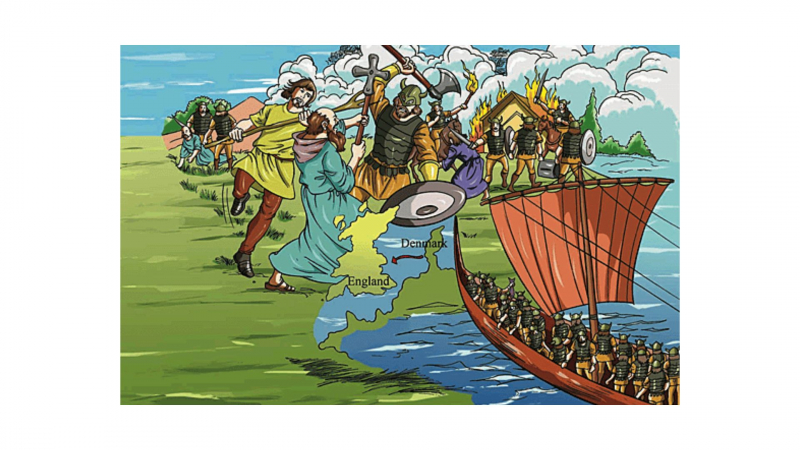
Photo: Nebeep.com -
Easier target within the sea's reach is also one of the reasons why Vikings invaded England. The Vikings used waterways to travel because they were skilled shipbuilders and sailors. They were also effective at controlling their big ships throughout lengthy travels. Despite the lack of magnetic compasses at the time, Vikings used the sun, moon, and stars to navigate at sea. In order to navigate geographically, they devised a solar compass and learned about mental chart landmarks. With its location between the North Sea, North Atlantic Ocean, and English Channel, England had a low topographic elevation. It traded wine, clothing, and other things along the seaways.
The North Sea connected Scandinavia, the Vikings' ancestral home, where today's Sweden, Denmark, and Norway are located, and England. Under ideal circumstances, the North Sea channel took about 3–6 days to get to England. It was a reassuring win since the Vikings, who were famed for their exceptional nautical prowess, could easily conquer England. Thus, in June, when the sea was calm, they launched their initial assault on Lindisfarne, which is located west of the North Sea.
All of the early targets were places of worship, but this was more out of convenience than anything else; the abbeys and priories that the Vikings originally destroyed were close to the coast. Although the Anglo-Saxon Chronicle dates the raid on Lindisfarne for January, other sources make it plain that it took place in June, which makes sense because the seas would have been calmer and more conducive to passage at the time. The proximity of Lindisfarne Priory to the sea made it a convenient and extremely lucrative target. From their early attacks, the Vikings also learned that Britain offered arable grounds. As a result, a large number of Viking warriors returned to Britain with their families in order to establish themselves and work the land.
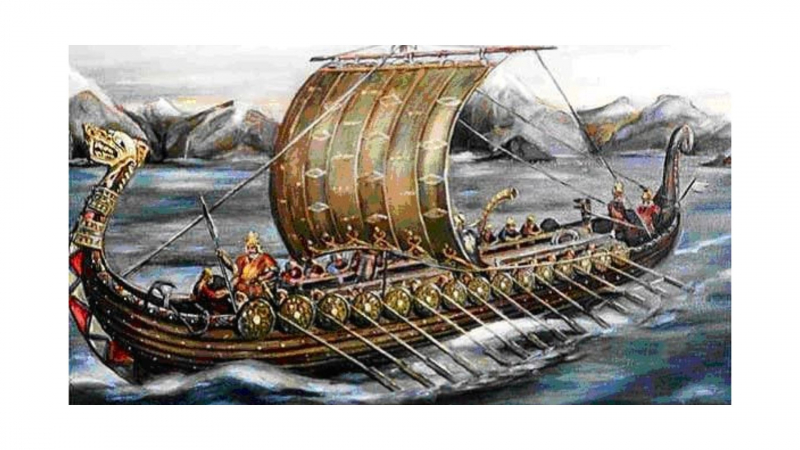
Photo: Pinterest 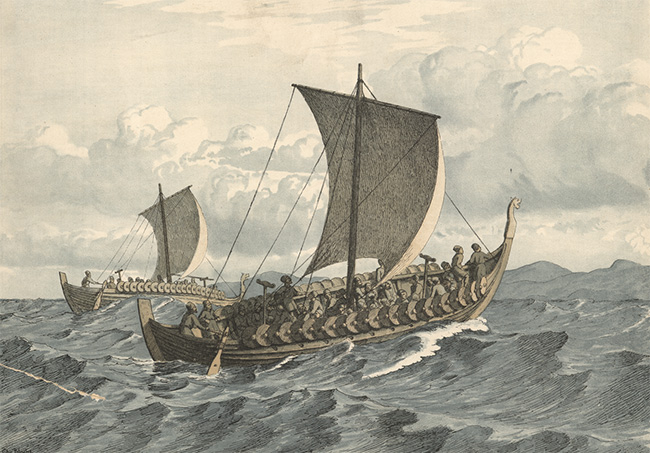
Photo: History Hit -
According to the Anglo-Saxon Chronicle, the Heathen arrived in England in roughly 860 A.D. after making their first successful attack in 793 A.D. The primary goal of the Vikings was the highly rich England, known for its lucrative trade. Due to its high average per capita income of 400 dollars, medieval England was prosperous. At the time, monks governed the richest monasteries. Each family annually paid tithes to the monks as a sign of their utmost holiness.
Due to the dominance of monasteries, the treasury of churches held the funds obtained from baptism, burial, matrimonial rites, and contributions. Additionally to that, people looking for salvation gave. Huge monastic estates were home to about 500 monasteries, most of which served to safeguard and advance religion while also providing medical assistance to sick pilgrims. It was England's top tourist attraction. Thus, Vikings were drawn to the wealthy monasteries in England and assaulted them. The first monastery to be looted was Lindisfarne because abbey dwellers were non-violent monks and nuns. Additionally, they were forbidden from carrying guns into churches. Vikings therefore had simpler prey to steal of wealth, silver, and everything owned by the Church, killing and enslaving monks.
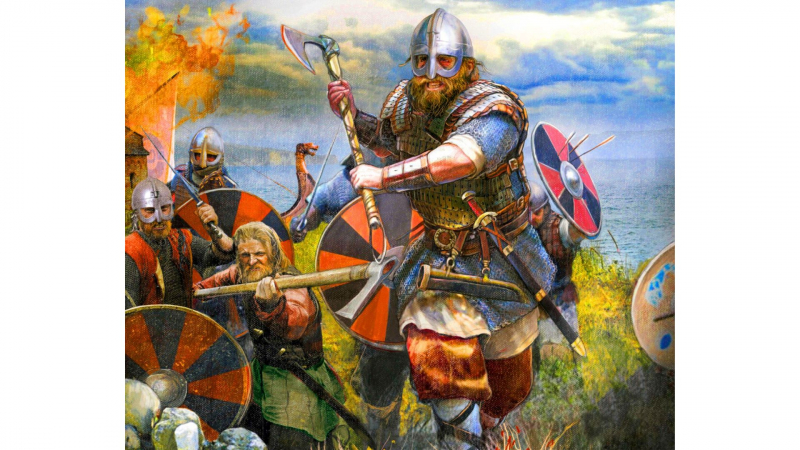
Photo: Pinterest 
Photo: PPA Stars Mini-site













